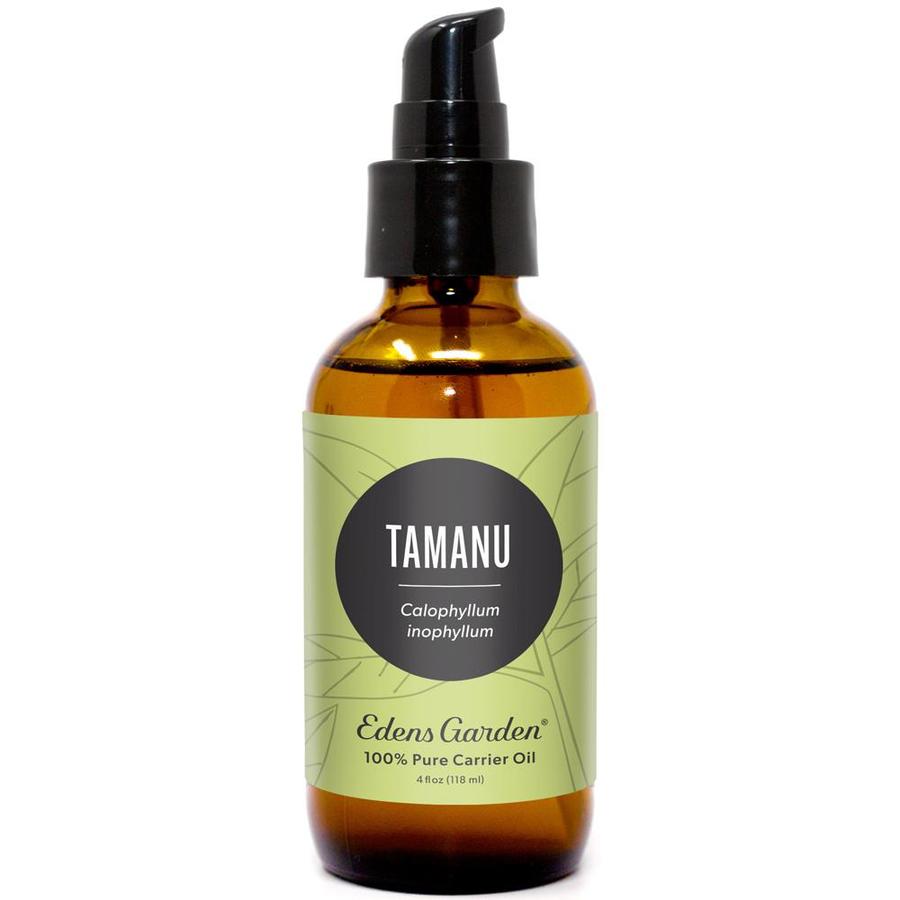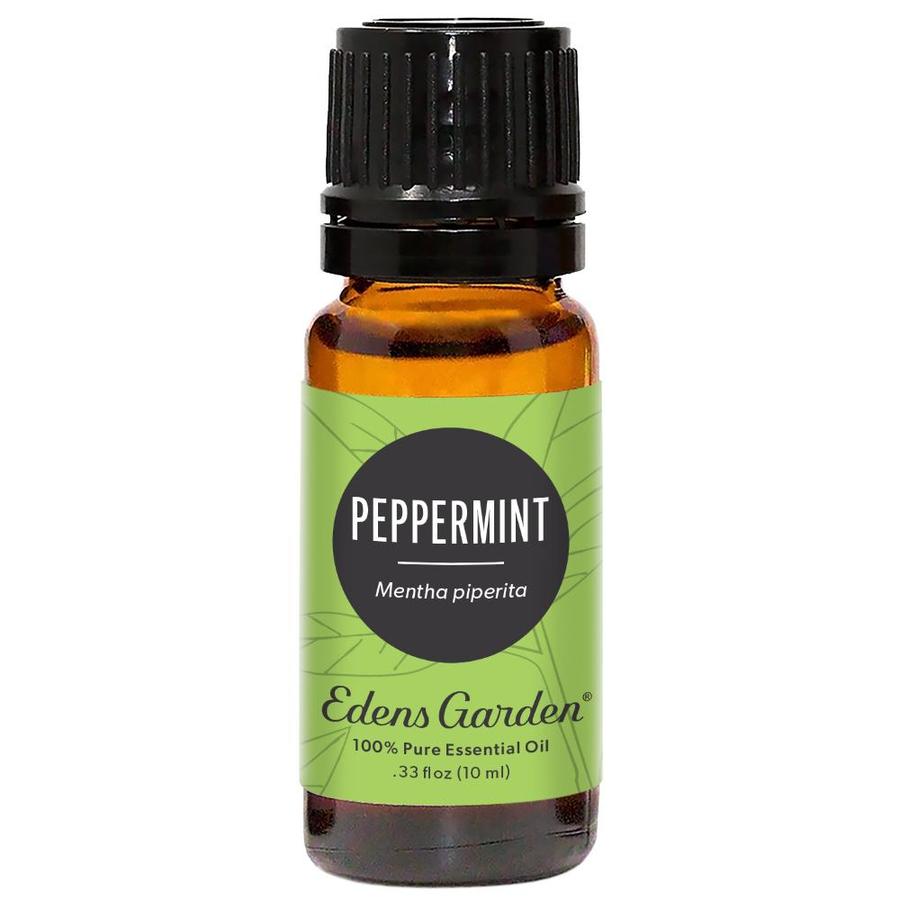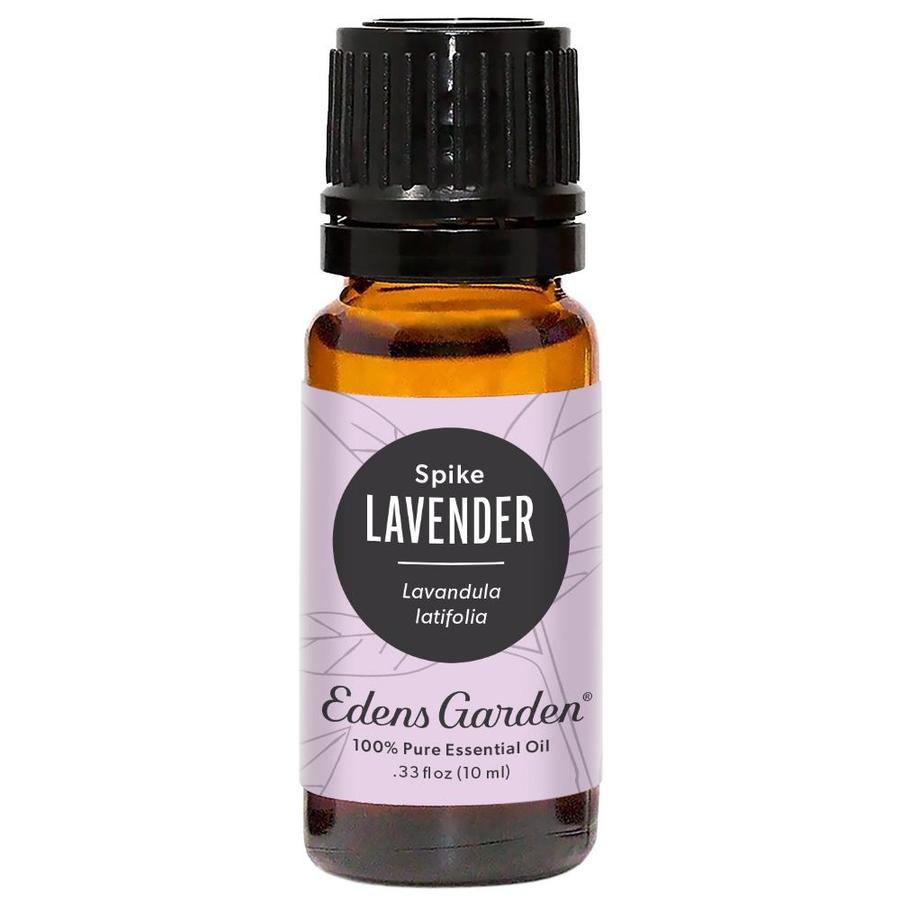AAA: What Are The Benefits Of Fragonia Essential Oil?

At Edens Garden, we’ve recently launched so many new and wonderful oils. Some, you may already be familiar with, such as Rose Otto, Fine Lavender and Steam Distilled Lemon. Others, you may not be so familiar with, such as Fragonia.
If you’re feeling out of the loop when it comes to Fragonia, it may be because it’s a relatively new-to-aromatherapy essential oil. Though new, Fragonia is taking the industry by storm with its many therapeutic benefits and powerful aroma.
So just what can this aromatic essential oil do for you? Let’s unpack this.
The Chemistry of Fragonia
Fragonia contains three primary components: 1,8- cineole, alpha-pinene and linalool. Taking a look at the therapeutic benefits of these components can help us understand just what makes Fragonia tick.
1,8- cineole
One of the most beneficial components for aiding respiratory conditions, 1,8- cineole is the primary component of Eucalyptus oil. This component is what gives Eucalyptus its well-recognized, cool, medicinal aroma and it’s what characterizes Fragonia’s medicinal undertones. It also lends these potent properties to Fragonia:
-
1,8- cineole’s anti-inflammatory, mucolytic and anti-bacterial properties makes Fragonia essential oil worthy of any well-stocked medicine cabinet.[1]
-
Not just a component known for supporting the respiratory system, 1,8- cineole in Rosemary essential oil has also been shown to boost memory and focus.[2]
You could say that 1,8- cineole is part of what makes Fragonia unforgettable.
A-pinene
Fragonia is also rich in a-pinene, a component known to alleviate stress, reduce pain and soothe inflammation. This component is commonly found in oils such as Frankincense and Pine. Its aroma is green, terpenic and forest-like. In Fragonia, a-pinene offers the following:
-
One study measuring the effects of plant-derived odors on test subjects found that the aroma of α-pinene enhanced REM sleep.[3]
-
A separate study analyzed the anti-inflammatory potential of α-pinene and found that it helped to prevent and reduce inflammation associated with osteoarthritis.[4]
-
A review of the analgesic activity of monoterpenes revealed multiple studies that showed α-pinene reduced pain.[5]
Linalool
Last but not least, Fragonia contains a significant amount of linalool. This skin-loving component is largely found in oils such as Neroli, Lavender, Bergamot Mint and Basil. Its aroma is sweet, gently floral and delightful. Beyond its wonderful aroma and skincare benefits, studies show just how beneficial is:
-
A lab in Italy tested the inflammation-fighting potential of linalool, and found it to be anti-inflammatory.[6]
-
Lavender oil was tested for its anaesthetic value and found to be uniquely pain-relieving thanks to its high linalool content.[7]
-
Inhalation of linalool was found to decrease anxiety and stress in a study performed at a University in Brazil.[8]
Benefits of Fragonia Essential Oil
Together, these components are what make Fragonia essential oil supremely beneficial towards aiding respiratory conditions, promoting focus, enhancing sleep, soothing pain and inflammation and reducing stress.
In other words, Fragonia is incredibly versatile and a wonderful addition to your essential oil collection, especially if you’re looking for essential oils that work powerfully.
How to Use Fragonia Essential Oil
Now that you know the many benefits of Fragonia essential oil, you’re probably wondering how to use it. Here are practical ways you can use Fragonia to get the most out of this healing oil.
1. Cough & Congestion Diffuser Blend
When sickness ails you, use this diffuser blend to clear your airways and get back on your feet in no time.
-
5 drops Fragonia
-
3 drops Eucalyptus
-
2 drops Spike Lavender
2. Boost Memory & Focus
When working on an important project or task, it’s important to keep your mind sharp and intact. Add this blend to a personal pocket inhaler and pull it out when you need to be on your A-game.
-
3 drops Fragonia
-
3 drops Peppermint
-
3 drops Rosemary Moroccan
3. Sleep Soundly
At this point, endless research and studies have made most people aware of the health benefits of a good night’s sleep. Unfortunately for those with sleep problems, this doesn’t make falling asleep and staying asleep any easier. Luckily, Fragonia can help. Apply this blend to pulse points at night for a better night’s sleep.
-
1 tsp of Carrier Oil
-
2 drops Fragonia
-
2 drops Good Night
4. Soothe Aches & Pains
Whether you’ve had a laborious day or are dealing with chronic pain, massage this blend onto tender, achy areas for some much-needed relief.
-
1 oz Tamanu Carrier Oil
-
4 drops Fragonia
-
4 drops Muscle Relief
-
4 drops Green Mandarin
5. Say Goodbye to Stress
Recognizing that you’re dealing with stress is one thing. Finding ways to manage that stress is another. Incorporating stress-relieving essential oils in your day-to-day is one practical and affordable way of becoming one step closer to being stress-free. Add this calming blend to a personal pocket inhaler and use it as needed.
-
4 drops Fragonia
-
2 drops Fine Lavender
-
2 drops Frankincense CO2
-
2 drops Bergamot
More to Love
Fragonia is just one of many new essential oils we’ve recently launched. Each of our hand-selected oils that we’ve recently added to the shop all come with unique healing properties and divine aromas. Not to mention, each oil we offer is of the highest quality and purity available, so you can be sure that when you shop from Edens Garden, you’re only getting the best.
Sources:
- Juergens, U. “Anti-Inflammatory Properties of the Monoterpene 1.8-Cineole: Current Evidence for Co-Medication in Inflammatory Airway Diseases.” PubMed, Dec. 2014, pubmed.ncbi.nlm.nih.gov/24831245.
- ---. “Rosemary Boosts Brain Power!” Robert Tisserand, 1 Mar. 2011, roberttisserand.com/2012/03/rosemary-boosts-brain-power.
- Yamaoka, Sadao et al. “Effects of Plant-Derived Odors on Sleep–Wakefulness and Circadian Rhythmicity in Rats.”Oxford Academic, Chemical Senses, Volume 30, 1 Jan. 2005, academic.oup.com/chemse/article/30/suppl_1/i264/270416.
- Rufino, Ana. “Anti-Inflammatory and Chondroprotective Activity of (+)-α-Pinene: Structural and Enantiomeric Selectivity.”PubMed, 28 Feb. 2014, pubmed.ncbi.nlm.nih.gov/24455984.
- Guimarães, Adriana. “Monoterpenes with Analgesic Activity--a Systematic Review.”PubMed, 27 Jan. 2013, pubmed.ncbi.nlm.nih.gov/23296806.
- Peana, A. “Anti-Inflammatory Activity of Linalool and Linalyl Acetate Constituents of Essential Oils.” PubMed, Dec. 2002, pubmed.ncbi.nlm.nih.gov/12587692.
- Ghelardini, C. “Local Anaesthetic Activity of the Essential Oil of Lavandula Angustifolia.” PubMed, Dec. 1999, pubmed.ncbi.nlm.nih.gov/10630108.
- Linck, V. “Effects of Inhaled Linalool in Anxiety, Social Interaction and Aggressive Behavior in Mice.” PubMed, July 2010, pubmed.ncbi.nlm.nih.gov/19962290.














Leave a comment (Comments will be approved before showing up)